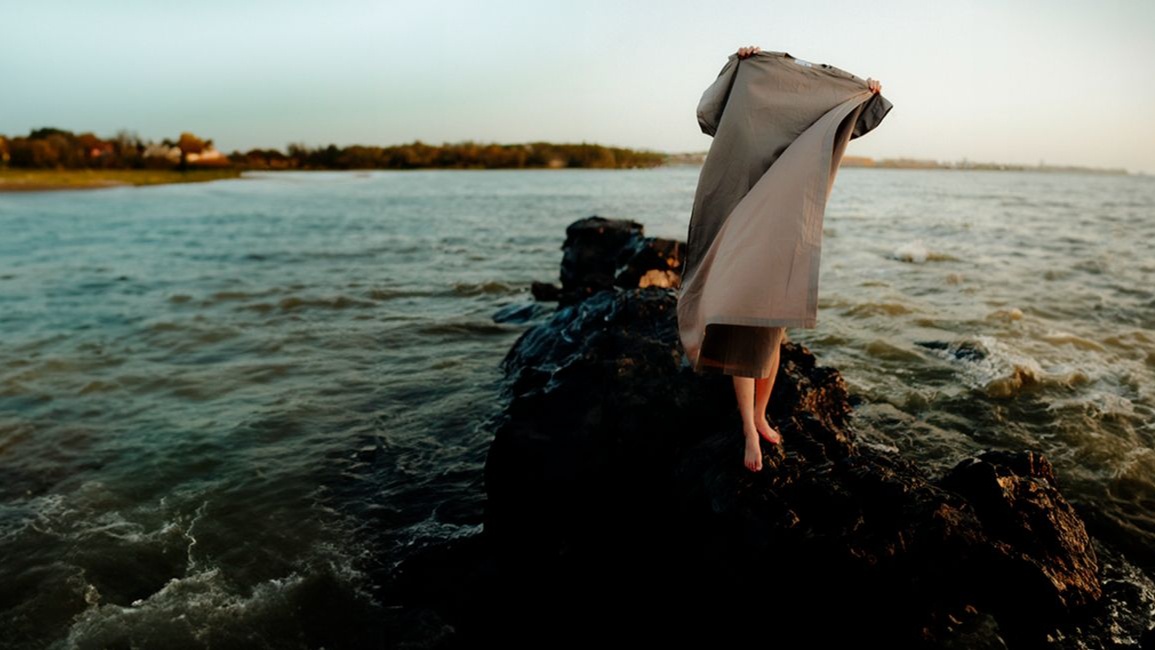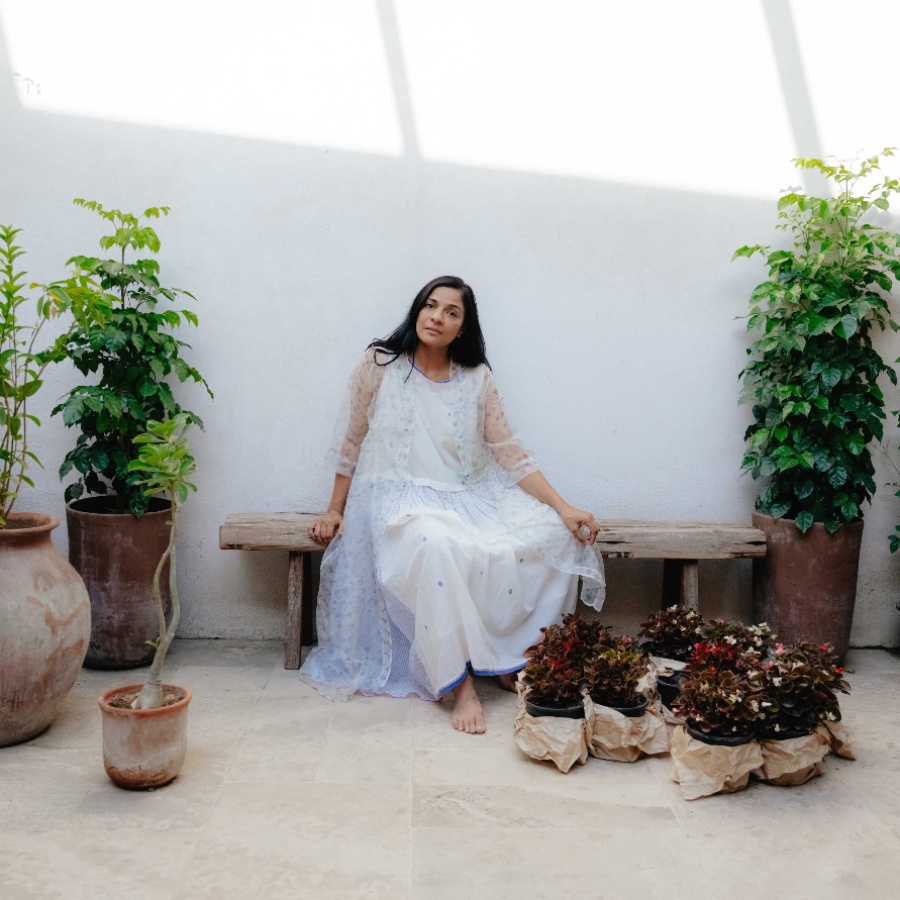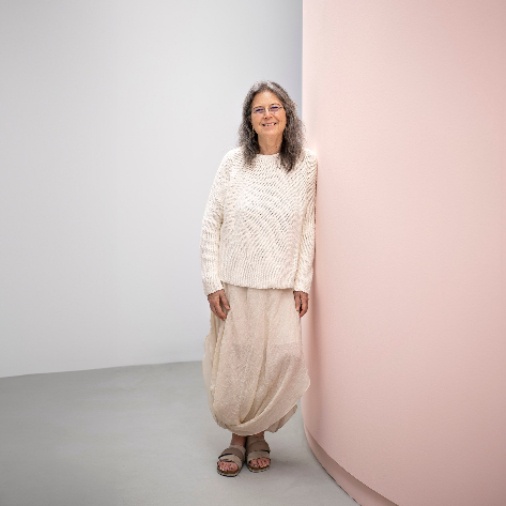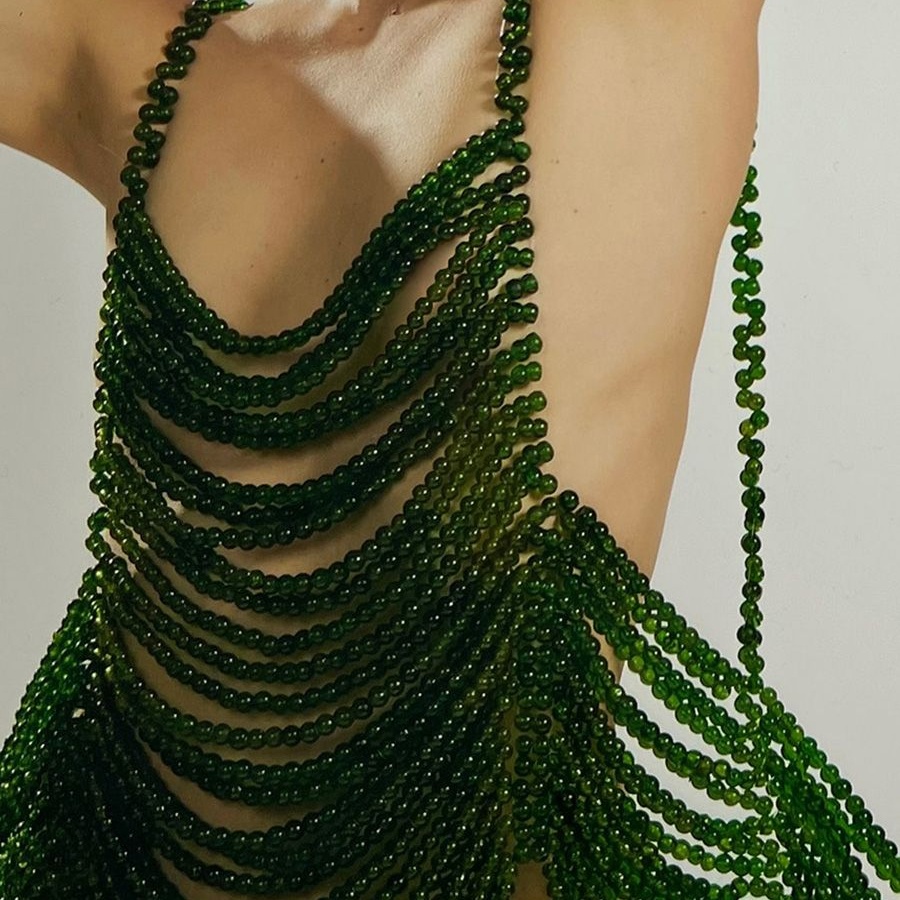Ashima Bhan is a familiar name among Kochi’s fashionable art circuit. The designer’s eponymous brand offers light-as-air cotton shifts, pocket-equipped linen tunics, fire-engine-red batwing shrugs in coarse handloom cloth—basically clothes you'd wear to stroll through the various venues of the biennale.
Then, in the Covid years of 2020-21, her creative eye turned closer to home—specifically to her elderly parents, who lived nearby. From considering what they needed from their everyday clothes, Bhan contemplated a larger niche—clothing for people with limited mobility. “I’m at an age where I’m surrounded by people with ageing parents, so there’s a lot of conversation around this,” she says over the phone from Kochi.
And so began Aaraam Se, a range of adaptive clothing—that is, for people who have limited mobility due to a range of factors. As the designer explains in a reel on Instagram: “Adaptive clothing is specifically clothing for people who might need assistance in dressing…It could be an elder with rheumatoid arthritis or a frozen shoulder, it can be a wheelchair user, it can be someone who’s just had a fracture, it can be someone recovering from a surgery, it can be a nursing mother.”

When it comes to adaptive clothing, simple designs are the most effective
With the features in Aaraam Se’s clothing, like the proverbial Occam’s razor, the simplest solutions have proved the most effective: think velcro openings and invisible zippers that can be placed on the front, the sides, or down the trouser leg. Bhan is also experimenting with magnetic buttons (“a gamechanger”), but for now, the cost is proving prohibitory and the wash-care instructions are complicated. Her clothes mostly feature block-printed cotton from Jaipur, although she wants to explore other fabrics gradually.
Currently, Bhan’s on-the-shelf range is limited to nightgowns, all priced between ₹1,650-₹2,000, but there are plans to expand. “I thought nightwear would be the best way to enter the market rather than galloping in with an entire range of clothing,” explains Bhan, who also takes orders for customised pieces via Instagram.
While Aaraam Se marks India’s baby steps into the world of adaptive clothing, globally, many brands have explored it, with varying degrees of success. Much fanfare preceded the launch of Nike’s Go FlyEase sneaker in 2015. Incorporating a hinge mechanism instead of laces, the hands-free sneakers were designed keeping in mind the needs of those with cerebral palsy. But the limited drop left a lot of people angry, with many accusing the company of making the product exclusive despite its overt claim to inclusiveness. (“People are unhappy with the $400+ resale of the Nike Go FlyEase” read a report on Hypebeast in 2021, which was published after a viral TikTok video that spoke of how the limited supply of the sneaker had created a resale market for it.)
In India, where adaptive clothing is still unfamiliar to many, Bhan’s job is to imagine a brand, through R&D, in which solution supersedes style
Only last month, Lululemon announced its 2024 Olympics and Paralympics collection, which features magnetic zippers and sensory touch clothing. JanSport’s Adaptive Collection has backpacks with features like adjustable, tangle-proof shoulder straps designed for wheelchair users. Tommy Hilfiger’s line of “adaptive essentials” includes elements such as adjustable waists, easy-open necklines, extended zipper pulls, magnetic buttons, and port openings.
In India, where adaptive clothing is still unfamiliar to many, Bhan’s job is to imagine a brand, through R&D, in which solution supersedes style. She mentions her upcoming meeting with someone diagnosed with multiple sclerosis. “He’s wheelchair bound, and I want to see whether this clothing makes a difference to him, and if he is willing to make the change.”
She recalls the reaction of a rheumatoid arthritis patient to the default pull tab on the invisible zipper on her nightgowns. Bhan immediately replaced it with a mirror-work loop through which one could simply hook their fingers to move it up or down. “Sometimes, even with a larger button or tab, people don’t have the strength in their fingers to hold it. So that's why I thought of the loop. It’s just the little things.” Little steps in a longer journey.







